Meet our Strategic & Service Design Lead who turns setbacks into triumphs, champions cultural alignment, and embraces challenges as catalysts for growth.
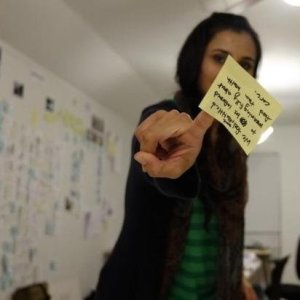
Have you ever wondered about the people behind the scenes doing the challenging but important work of service design within organizations? What’s it really like to be a service design professional on the inside, where implementation, politics, middle management, and conflicting interests come into play?
In this series, we’re excited to bring you up close and personal with members of the ⭕️ Circle community to learn about who they are, what they do, and what drives them to make a difference. Through their stories, we hope to give you a better sense of what it’s like to be on the inside, and inspire you to take the leap or steer clear.
Join us as we chat with Bhavi Patel, a service design leader from the USA.
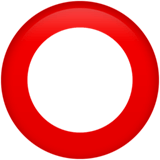
The service design dream team you wish you had around you each and every day. Now available inside the Circle community!
➜ Learn moreBackground
How did you first discover service design, and what inspired you to pursue it?
It’s a bit blurry to be honest. A little over 10 years ago, a boss from another life said he saw me more as a creative strategist and would bring me to meetings for that. I didn’t know what that meant but I knew I needed a pívot.
Design strategy, social impact, and service design continued to draw me in as I dug into each and I just never looked back.
Service design for me was a perfect mix of things I liked doing and where I wanted to grow.
What’s your favorite way to unwind after a long day of work?
A walk and talk and/or a walk and photo of flowers, birds, rocks, really anything I find along the way.
What’s the best piece of advice you’ve ever received?
3 things really…
1. When you lose something, maybe your art or design work.
“Do it again. And this time, faster and better.”— Matthew Franks (https://www.linkedin.com/in/matthew-franks-87b3b75)
2. When making decisions, maybe your next job opportunity.
“Make it your own. Could be an opportunity to build your portfolio or learn what the difference between a start-up and a consultancy is.” — Jon Kolko (https://www.linkedin.com/in/jkolko)
3. For life.
“Siempre repite esta poderosa oración en todo momento. Gracias dios por todo.” — Juan de Argentina
What’s a hidden talent that you have that others may not know about?
I can see the genius in people.
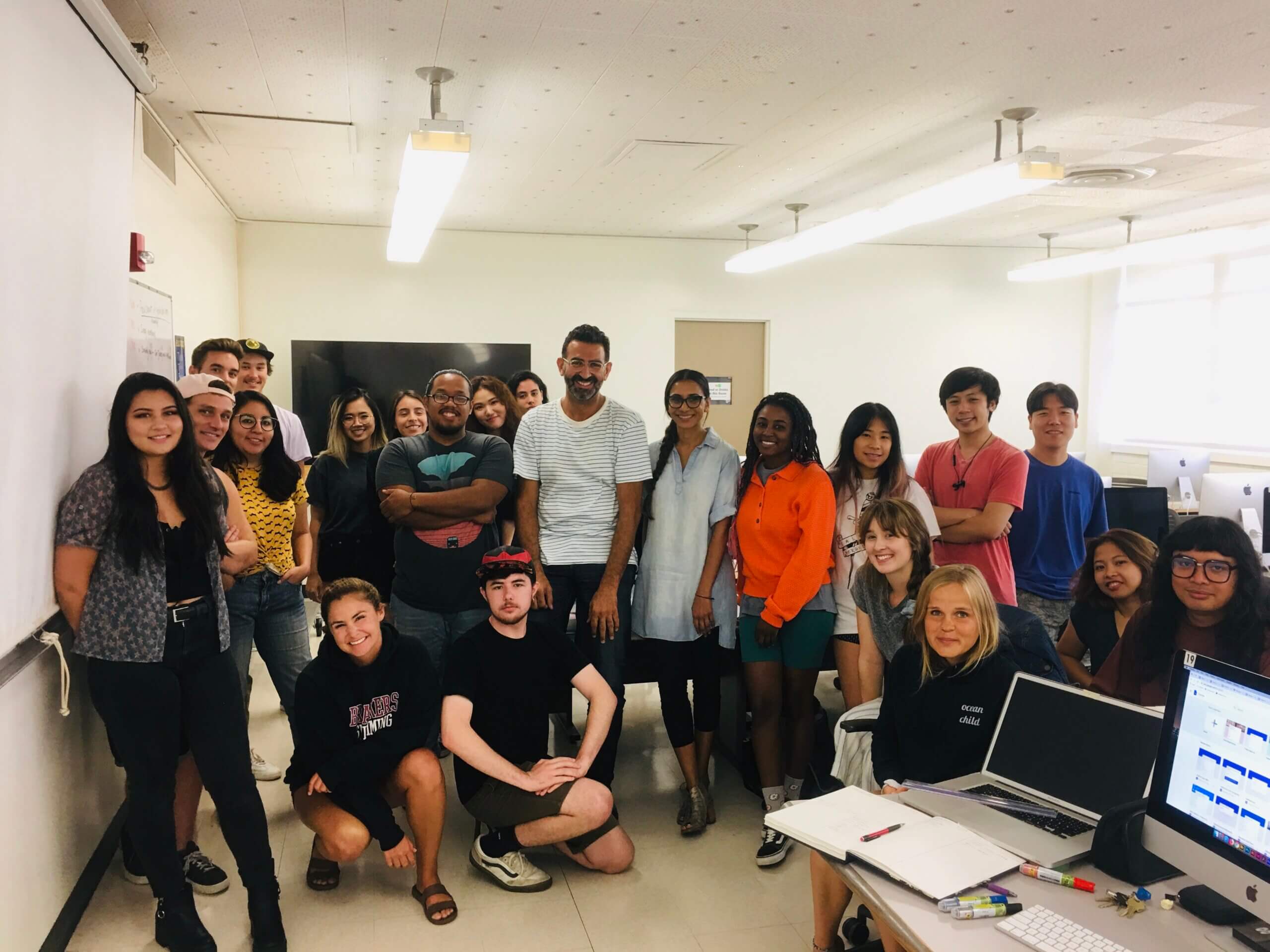
In-house perspective
Can you tell us about how you ended up in your current role?
I was supposed to fly to the Dominican in April of 2020, to see an idea that came to life, because of a workshop we did the year before. I still remember hearing the General Manager say “keep your bags packed!” But the realities of Covid life sank in, and my contracts got put on hold… indefinitely.
So I peaked around online and there were two service design roles on the west coast. I ended up at the one with kind and friendly people who made me feel like a prize. I felt safe, especially when it felt like our world was falling apart.
Can you share some of the differences you have experienced working in-house versus on the agency side of service design? What do you think are the benefits and challenges of each?
As a consultant, I’ve had 1 day to 6 months to do incredible work at speed. It can be stressful and rewarding at the same time. You have opportunities to work on very big things, across various industries, where impact is measured not just in profitability but in lives lost, healthy deliveries, or the continuum of care for aging populations.
You may hear that part of the solutions were implemented, or the project was a success, but for the most part, you won’t really know because you won’t be there to see for yourself.
Going in-house, we’ll time just works differently.
The scope of a project can feel similar to agency work on the surface. However, when it comes to time, think even more longer term here.
With each project, you’ll have the opportunity to work across various business units, who have their own team culture, stakeholders and goals. And because of where you sit, could feel like nowhere, you’ll get first hand experience on how parts of an organization works and thinks while influencing both. It’s a neat spot to be in, especially if you’re interested in organizational design.
But if you want to see your project work see the light of day, you’ll have to help build, shape, and grow your organization’s design maturity, and that takes time. Time to shift mindsets. Time for teams to process before doing anything. Time to align and act as an organization.
How do you approach working with cross-functional teams and stakeholders who may not have a background in design? What strategies have worked well for you in the past?
Respect and gratitude.

For cross-functional teams, keep reminding yourself that the team has been working tremendously hard, with challenges in the system that you’ll soon understand. Keep these teams included, ask what they want to learn before you finalize your research plan, share notes from the field, show gratitude for bringing you up to speed on the current state by answering your questions. Create an on the ground inclusive team environment. Let go of any design preach and be part of their team.
For stakeholders, keep them informed while being respectful of their schedule. Figure out a communication style that works and when. Be mindful of their calendar but don’t leave them in the dark because of formalities. Show them a draft of your presentation, bring them in for feedback before it’s formally shared out to the team and partners.
Wins & failures
Can you tell us about a (service design) project that you are particularly proud of? What made it stand out for you?
I’m proud of a Service Operations experience redesign we just finished. Service Operations are the people you call, chat or maybe email when you have a question or something is not working. It”s not a fun spot to be in and the only thing that could possibly make it worse is having to go through a convoluted, tedious, and time-consuming experience, when you need help.
I’m most proud of leadership and the team.
It’s the first time I’ve seen the organization react so viscerally. I heard, “this is triggering, a slap in the face, had no idea it looked like that, and wow (when sharing a diagram of how many interactions it takes to get help).” After some time to digest, some of us came back and continued to extend the mission to partners because of factors that lead into each other.
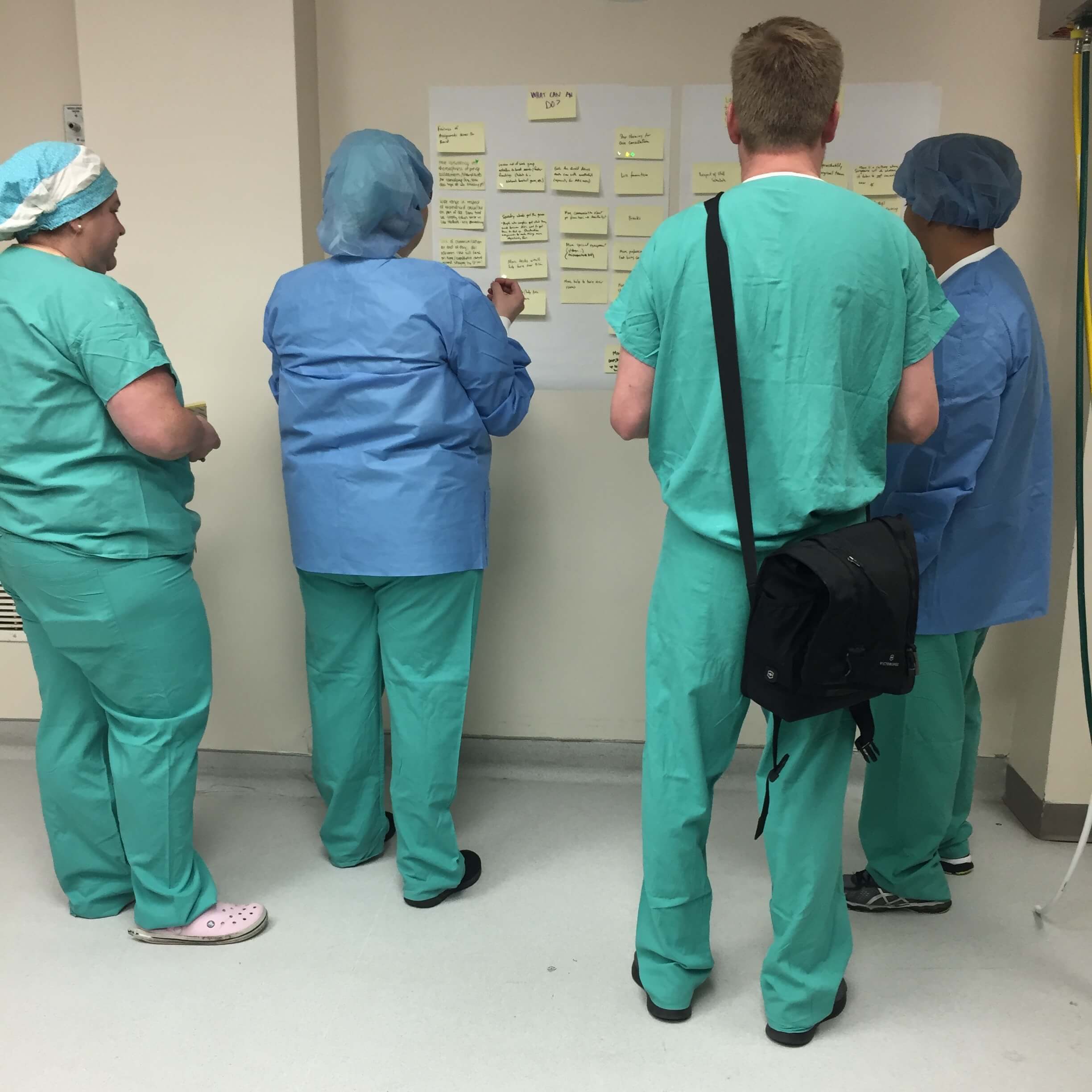
Can you share a story about a time when you experienced a setback or failure in your work, and what did you learn from that experience?
I didn’t think about the person attached to data I read to debunk the mindset of an organization. It wasn’t until the person received questions after my presentation that I realized how awkward this could have made him feel. I don’t know if it’s my own guilt but he was less helpful and highly reactive afterwards.
My lesson, when possible, loop a person in before you accidentally build a case around how inaccurate their quantitative research data is. Don’t throw anyone under the bus even if you didn’t mean to.
Advice
What advice do you have for someone just starting out in service design? What skills or knowledge do you think are most important for success in the field?
Stay inspired and continue to get completely drawn in. Watch the Service Design Show for nourishment. Read Service Design: From Insight to Implementation for foundations. For bite-sized daily inspiration Daniele Catalanotto’s Service Design Principles book.
Attend a bootcamp (if they still do those) and/or a 9-month immersion into interaction design at Austin Center for Design.
Build your portfolio by saying yes to opportunities where service design could truly help an organization.
Like someone once told me…. make it your own.
Future
What do you think is the most exciting trend or development in service design right now? How do you see the field evolving in the future?
There are conversations around AI + SXD, well there are conversations around AI + ALL fields happening right now, and I’m curious if AI could easily empower service work with quantitative data and how AI couldnsupport a SXD team of one work model.
I’d love to see the field continue to zoom in on the micro-individual level while evolving to zoom even further out to be even more inclusive of our planet.
What kind of projects or initiatives are you interested in working on? Are there any particular connections or collaborations that you are seeking at the moment?
Initiatives that involve rehumanizing how we live. Projects that can afford to spend time, money, and resources on nourishing and nurturing a more symbiotic relationship with the earth and an individual’s emotional, spiritual, mental, behavioral, and physical health.
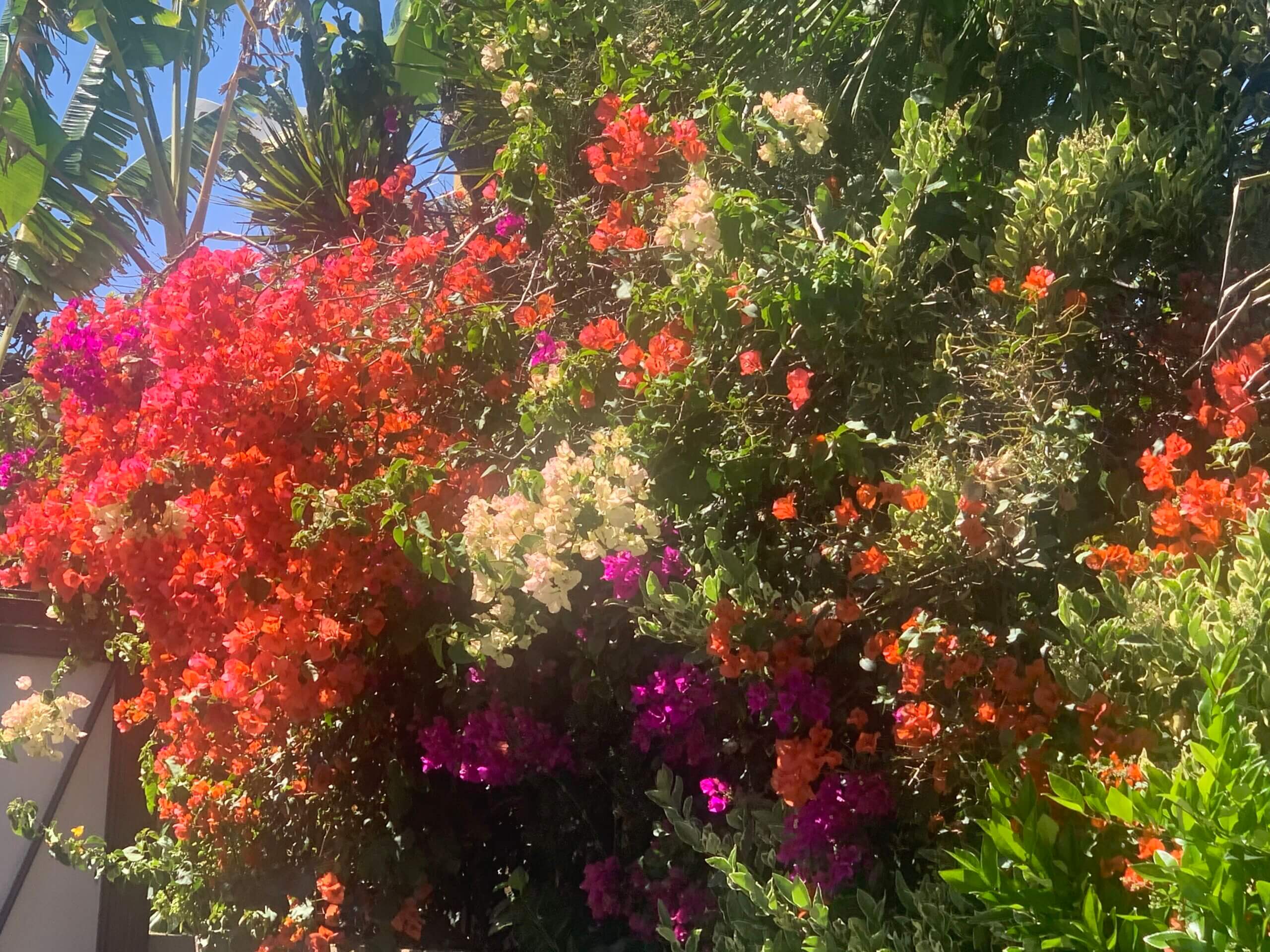
Would love to connect with anyone who approaches life with an I take care of you (earth, an individual, society, etc.) and you take care of me ethos.
People who have experience with regenerative design and/or want to collaborate on thoughts starters below:
- Could improving soil fertility, just for the sake of it, shift our human consciousness to do good, for the sake of it?
- Is there an easy way to nourish soil, that’s non-disruptive for the earth and individual at home?
- Could learning to compost at home, give a person struggling with clutter, a life structure to improve their own life and surroundings?
- Could planting a small garden by listening to what nature wants instead of what you want, deepen the human + nature connection?
- Can planting seeds and harvesting transmute a frozen heart?
- Can planting seeds as a community, at home, or in foreign lands, make people feel connected, no matter where they are?
- How might we improve the lives of elders thru an equitable exchange for ancestral knowledge?
If you could ask any question to other service design professionals, what would it be? What insights or perspectives are you curious about?
What’s the one thing service designers should be masters of?
Wrap-up
From her discovery of service design to her unwavering commitment to growth and innovation, Bhavi’s story showcases the power of embracing challenges, learning from setbacks, and creating meaningful impact. I want to extend my heartfelt gratitude to Bhavi for her time and willingness to share her experiences.
As we continue to shine the spotlight on other talented in-house service design professionals from our ⭕️ Circle community, I invite you to join us on this exciting journey of service design excellence, collaboration, and continuous learning.
Together, let’s shape the future of service design.
